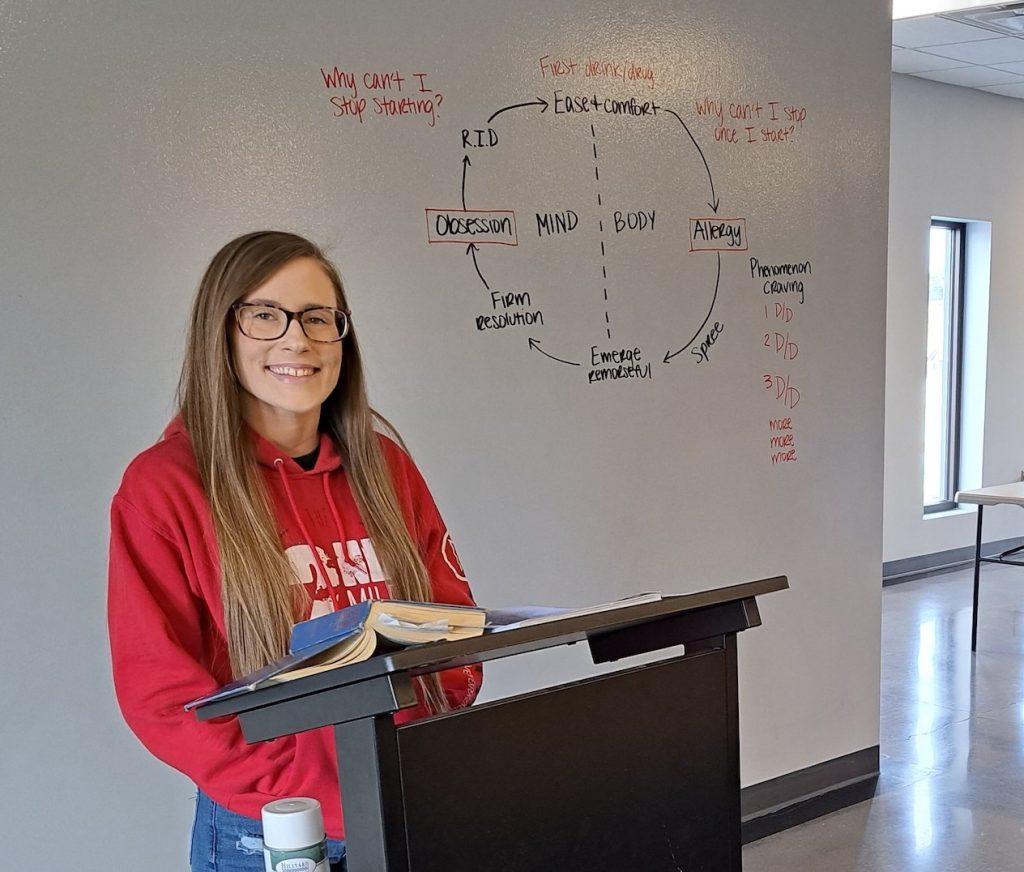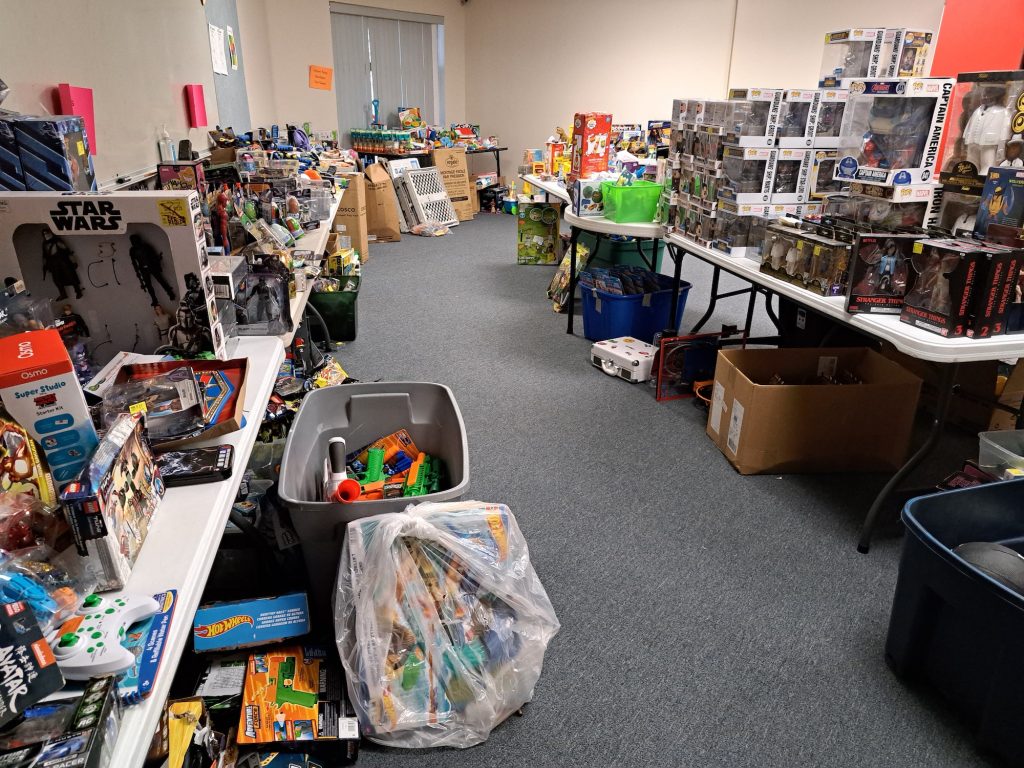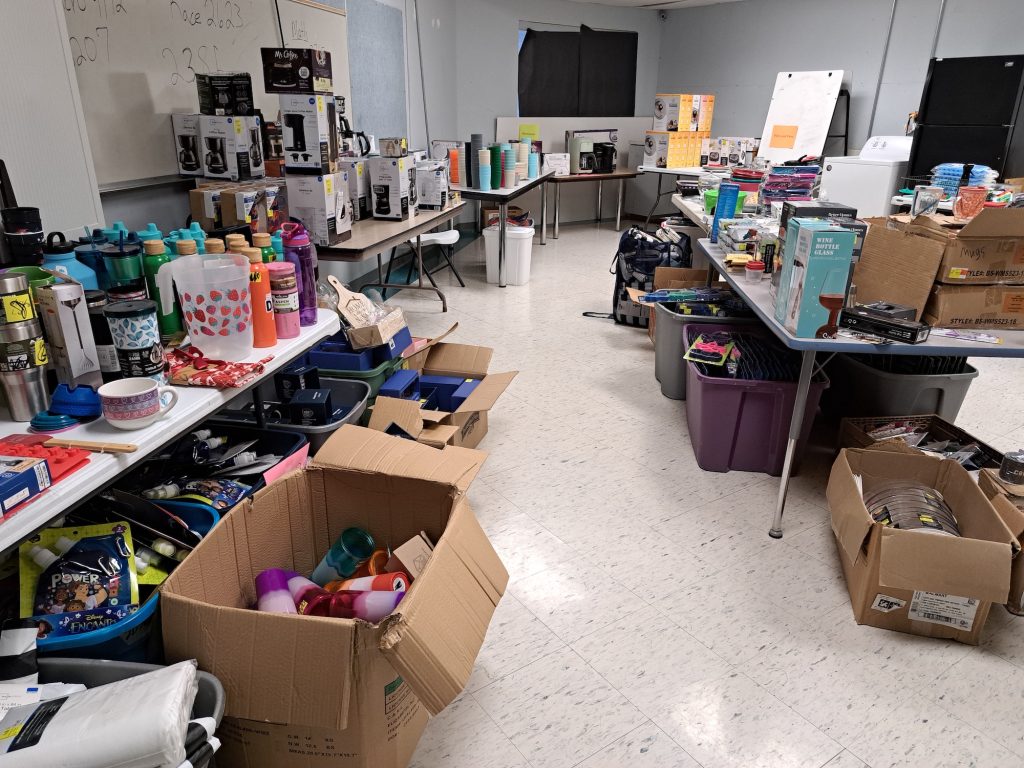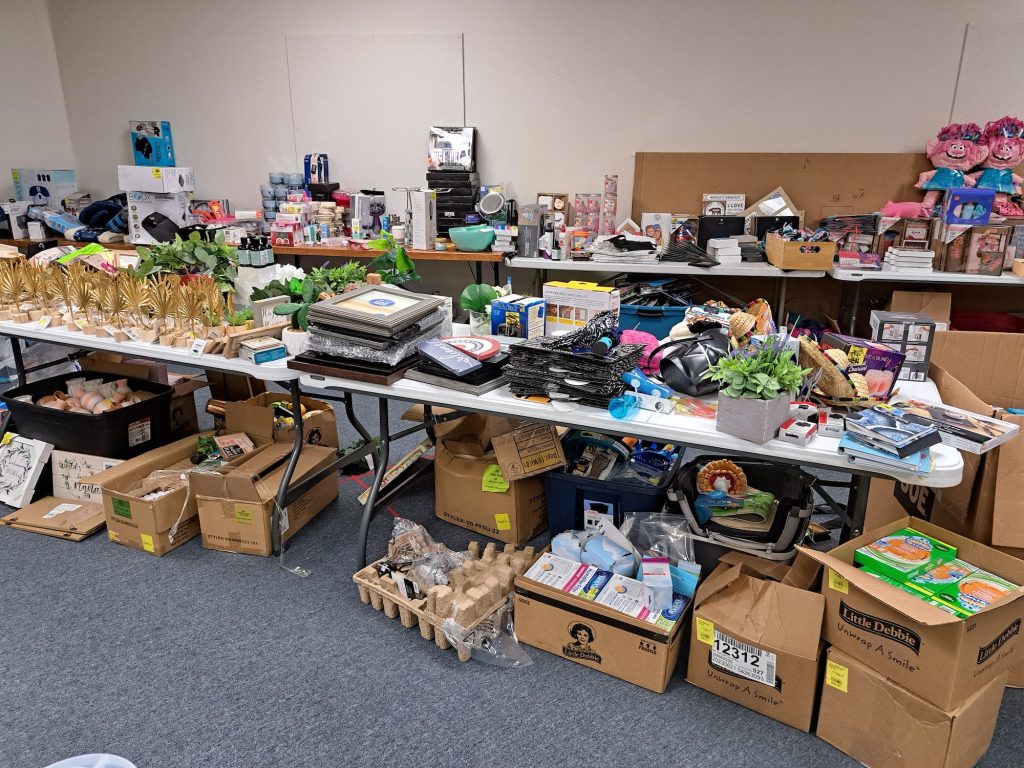Counselor Bruce Wood: Making a Difference
Meet Bruce Wood! He’s a seasoned substance abuse counselor who has dedicated 40 years of his life to helping people find their way to recovery. His career is marked by his commitment to understanding the complexities of addiction, adapting to the evolving landscape of substance abuse, and most importantly, participating in the transformation of countless lives.

Bruce’s professional venture into counseling began in 1984. His motivation stemmed from personal experience and his college education. Growing up in an alcoholic home, he felt a calling to help others navigate the challenges of addiction. Despite initially preparing for a medical career, Bruce says his Higher Power guided him towards counseling, where he found his true calling. “I could see that this was what I’m supposed to do. I was set for a medical career, just waiting for the semester to start. When the time came, I’d already committed in my head and heart to do counseling.”
Over the course of his distinguished career, Bruce has worked with all of the big names in Springfield – the hospitals, the behavioral health centers, and also Springfield Public Schools. He even owned his own clinic for a time. As owner and manager, he oversaw more than a dozen counselors, but he tells us that “administration wasn’t my cup of tea.” What Bruce really wanted was to do client care, so when an opportunity in Branson opened for him in 2011, he answered the call. For the next ten years, he conducted counseling, groups, and SATOP classes. Then came the Covid pandemic and a decision to retire. “I decided to retire after two years of Covid, where I did treatment out of my living room by computer. It had become so impersonal sitting at a computer screen. So, I thought maybe this would be a good time to bow out, to retire,” Bruce says.
Happily, his decision was short-lived, and it was a telephone call with CORE’s CEO Cary McKee that marked the turning point. As if reliving the moment out loud, Bruce recalls, “I called Cary just to talk. I had six weeks into retirement. I said to him, ‘Cary, I’m tired of fishing. I’ve had my fill. I’ve got to figure out something to do.’ When I mentioned some agencies who might be looking for a counselor, he said he’d been wanting to create the CARE program. I said, ‘I’d be willing to develop that if you need help.’” Within two weeks, Cary called Bruce back, seeking his expertise to plan, develop, and conduct our CARE relapse prevention and awareness program for individuals committed to maintaining sobriety.
Bruce has been at the helm of the CARE program for more than two years. It’s designed to address the Cycle of Relapse and is a client-driven initiative. It supports individuals who have experienced lapses in the past but are determined to recover. For the program to work, Bruce says that it’s vitally important to address the early stages of relapse, such as fleeting ideas and toying with fantasies, to prevent progression to more critical stages of relapse. He also sees as significant the fact that participation is wholly voluntary, saying “In 40 years, this is the first time I’ve ever worked with people who genuinely and consistently want recovery. Before, many wanted recovery services but were driven by the legal system or family expectations. It wasn’t always coming from within. No matter how much mom wants me to recover, or I want to do it for mom, the motivation has to come from within. Anything else won’t work.”
From a numbers standpoint, the CARE program has been a smashing success. Despite this accomplishment, Bruce says that the true reward of counseling lies in watching clients break free from the shackles of addiction. The more he sees a client’s shame being replaced by healing, and they find their way back to the life they’ve always wanted, the more driven he becomes to stay on task. His satisfaction is further exemplified by encounters in public spaces where former clients approach him with shouts of triumph, proudly declaring their sobriety:
“It happens, you know? I might be in a place like Walmart and hear somebody call out ‘Bruuuuuce!’ It’s a former client, and they’re hollering all the way across the store – ‘I’m clean and sober!’ I’m like, wow, this is really happening. Even here at CORE, there are people who show up to my door just to tell me how they’re doing. There’s nothing more gratifying than that, helping to make a difference. Counseling is a rewarding profession if you’re a people person and like to see others grow and help them along the way.”
Bruce’s impact extends far beyond his office at CORE. His legacy is marked by the countless lives he has touched and helped transform. As a compassionate advocate for recovery, Bruce continues to be a shining beacon of hope. In his own words, counseling is not just a profession for him. “I’m right where I need to be,” he says.
CORE wholeheartedly agrees with his assessment and offers him the following shout-out: Thank you Bruuuuuce! We are so delighted and honored to have him as part of our team. We eagerly anticipate many more years of continued collaboration!









